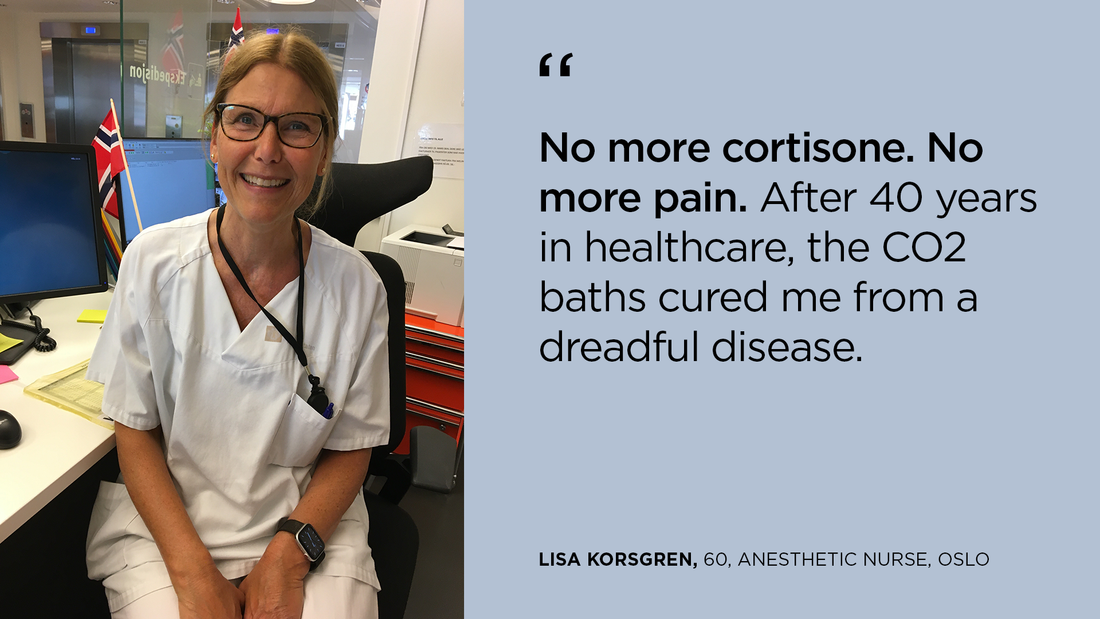
Seven Weeks, No Cortisone: CO₂ Baths Saved Me From a Dreadful Disease
Lichen sclerosus is a chronic inflammatory skin disease that affects the vulva, that is, the outer parts of the genital area.
It is ten times more common in women than in men and can appear at any age. It also affects children and is one of the leading causes of vulvar itching in young girls. The condition affects both the skin and mucous membranes, causing itching, pain, skin changes, bleeding, and sores.
In the affected areas, the skin can scar and fuse together with nearby skin, and alter the anatomical structure. Pain during intercourse is a common problem, caused both by the condition of the skin and these adhesions.
The cause of Lichen sclerosus is still unknown, though it is sometimes associated with autoimmune diseases. Unfortunately, there is no cure. The only treatment typically offered is corticosteroid ointment, which often must be used for life. Many women, however, find little or no relief from cortisone, and the disease often leads to severe pain and, in some cases, surgeries to open the vaginal entrance, the urethra, and to release the clitoris from adhesions. There is also an increased risk of cancer in the affected area. Lichen sclerosus is a dreadful and often isolating disease that affects women's quality of life and ability to experience intimacy and sexual well-being.
I am a trained anesthetic and psychiatric nurse and have worked in healthcare for over 40 years. After experiencing small wounds and cracks in the genital area in connection with menopause, I was diagnosed with Lichen sclerosus in December 2024. Just like many other diseases that primarily affect women, this disease is surprisingly unknown, and there is likely underdiagnosis. In all my years in healthcare, I had never heard of Lichen sclerosus, even though an estimated 1–2% of menopausal women are affected.
I had a good response to the cortisone ointment, but I did not want to use it for the rest of my life, as it can have side effects. In March, three months after my diagnosis, I started using the Cardisuit CO₂ baths, because I knew that carbon dioxide baths have a positive effect on the skin by improving circulation and oxygenation.
It has now been seven weeks since I started using Cardisuit, and I have not needed to use cortisone ointment even once. I no longer have any symptoms of Lichen sclerosus. It was only during the week when I worked a lot and didn’t have time for a bath that the symptoms began to return, but they disappeared immediately as soon as I resumed my CO₂ bath routine.
I am incredibly grateful for CO2 Therapy and would like to spread the message that there are actually alternative treatment methods for Lichen sclerosus. I hope that I can help other women who are in the same situation.
Lisa Korsgren,
60, Anesthetic Nurse, Oslo






